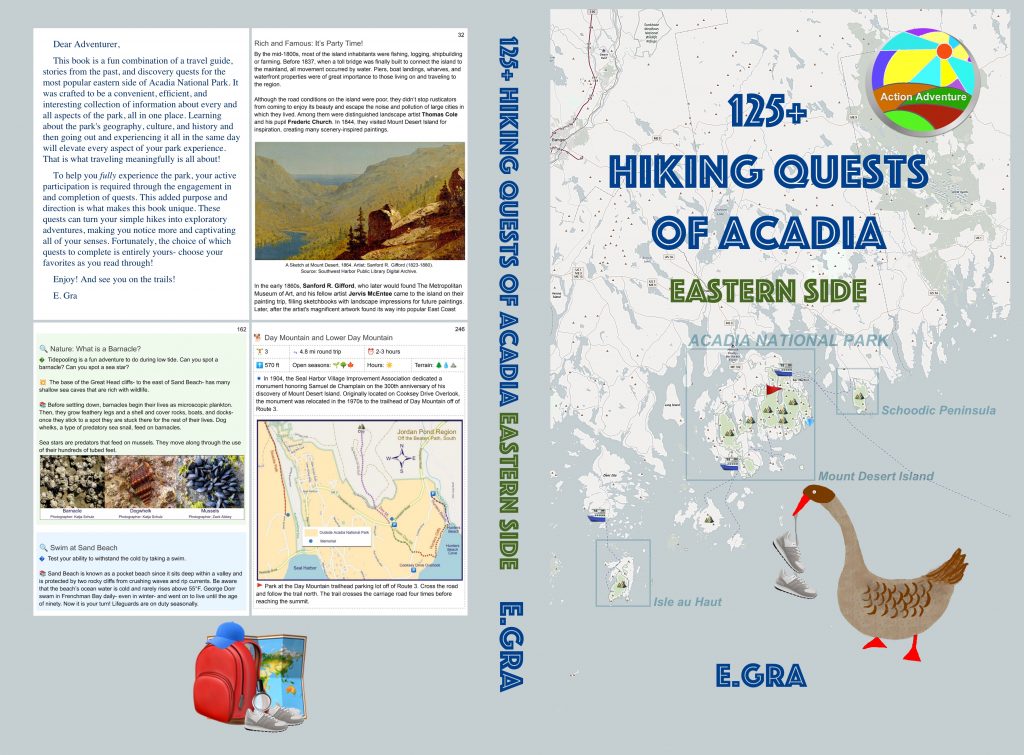This is a review lesson. Kids must be already familiar with the definition of noun.
| If you find my work worthwhile, drop me a few 🪙🪙🪙 It will allow me to keep writing content like this! |
Start the lesson with asking kids to write the title “Nouns” in their notebooks and explaining that today they are going to review what they already know about nouns.
I. Definition
Ask kids to recall what is a noun together. Make sure kids understand that a noun is a word and NOT an object itself.
Noun is a word that names a person, place, thing or idea.
Ask kids to write the definition down into their notebooks.
II. “Who?”
Ask kids to give you examples of words that name a person: girl, uncle, nurse. Then ask them to write down the following statement:
A noun can tell you "Who?"
While writing, kids will have time to think about the statement. After they are finished, ask them why is this statement true. (Who? A boy. Who? A clown.)
Challenge: Give kids two words: baby and boy. Ask them to determine if the words are nouns by using definition of a noun and the “Who?” question. (Both words name a person. Who? A baby. Who? A boy.) Now, build a phrase “baby boy”. Ask kids find nouns in the phrase. Based on definition, both words should be nouns. But if we try to see what questions do they answer, then Who? Boy. (noun) What kind of boy? Baby. (adjective)
Summary: We need both: the definition of a noun and the “Who?” question to identify a noun in a sentence.
III. “What?”
Ask kids to give you examples of words that name a place: school, gym, park.
Ask kids to give you examples of words that name a thing (anything you can see, hear, smell, taste or touch ): chair, cat, ice cream.
Ask kids to give you examples of words that name an idea (anything you cannot see, hear, smell, taste or touch): joy, bravery, liberty, peace.
Then ask them to write down the following statement:
A noun can tell you "What?"
While writing, kids will have time to think about the statement. After they are finished, ask them why is this statement true. (What? A table. What? Love.)
Challenge: Give kids two words: tree and branch. Ask them to determine if the words are nouns by using definition of a noun and the “What?” question. (Both words name a thing. What? A tree. What? A branch.) Now, build a phrase “tree branch”. Ask kids find nouns in the phrase. Based on definition, both words should be nouns. But if we try to see what questions do they answer, then What? Branch. (noun) What kind of branch? Tree. (adjective)
Summary: We need both: the definition of a noun and the “What?” question to identify a noun in a sentence.
IV. Exercise: “Sort Nouns”
Ask kids to make a table with 4 columns in their note books by dividing the page first into 2 columns, and then each column into 2 more columns.
Name the table Nouns; name each column as Person, Place, Thing and Idea.
Explain that you are going to read some words. Kids need to sort and write the words under the correct column. After each word, stop and ask kids under what column they put the word and why.
Nouns
| Person | Place | Thing | Idea |
Note: The words you want to use for the exercise depends on the kids level. It is helpful use words from their previous spelling tests to reinforce their memory.
Note: Include NOT nouns words and compound nouns in your list.
Sample word list: Chair, park, sing, friend, love, Mary, blue, popcorn, time, club, officer, zone, freedom, read, north, zoo, president, California, dog, talk, pencil, gym, sad, number, scout, pink, and weekend.
V. Exercise: “Sort Nouns II”
Continue filling out the table from the previous exercise. But now, use words in content by reading a story. As before, stop after each sentence and ask kids what words they found, what column they chose and why. At that time, you can even display the sentence on your board for visual learners.
Story: Emma and her mother went to the science center in the city. They wanted to see the Ancient Egypt exhibition. They looked around at all the artifacts on display. There were statues, jewelry, and coins. Everywhere they looked there were exotic items to see.
VI. Summary.
Summarize the lesson’s points by asking kids what is the correct way to identify if a word is a noun. (By using the definition of a noun and the “Who?” or “What?” questions.)
VII. Homework.
Find and write nouns for each letter in the alphabet. Ask kids to be creative in their choice of words and surprise you.
Do you like my posts? What until you see my quests! If you ever decide to visit Acadia National Park, check out my book available on Amazon as paperback and Kindle editions. Buy a book, change a life! Thank you for your support and patronage.

Copyright © 2022 by E.Gra. Unless otherwise noted, all rights reserved. Unless otherwise indicated, no part of this work may be reproduced, or transmitted in any form or by any means without the author’s prior written consent.
